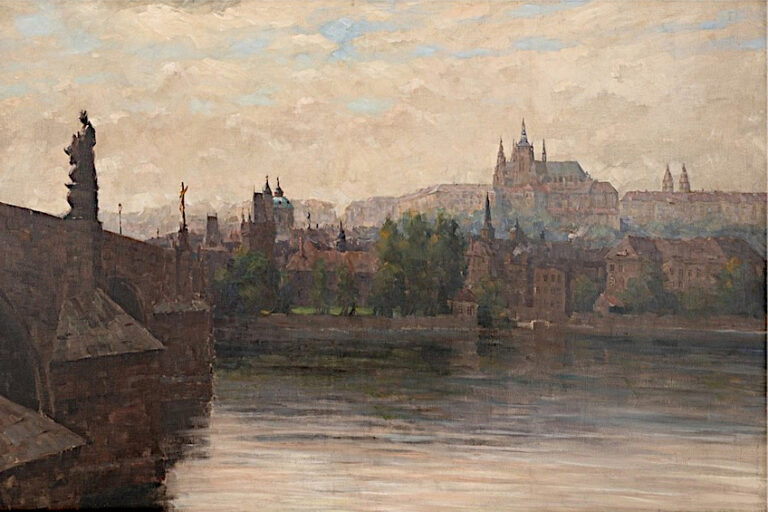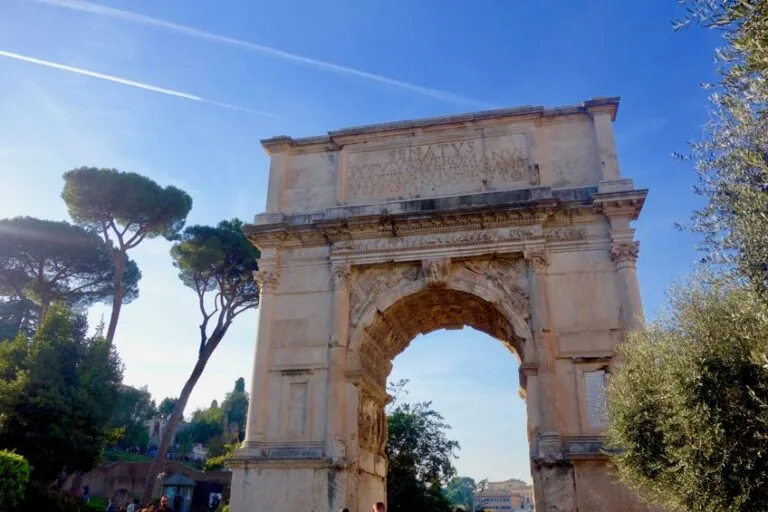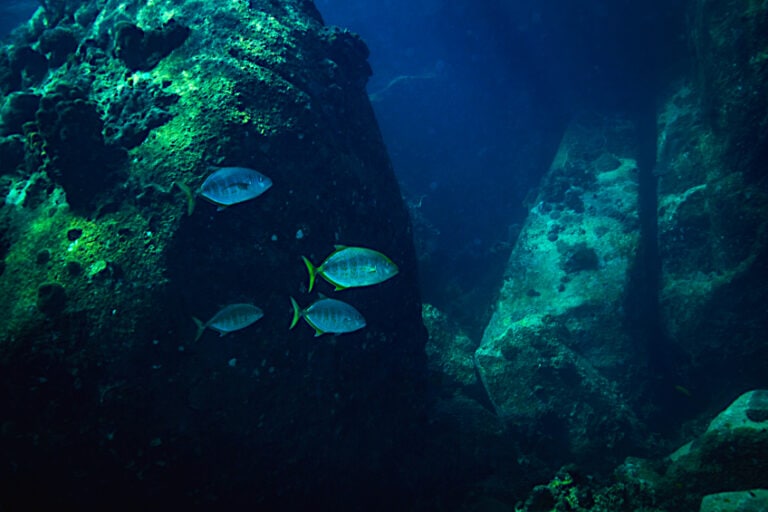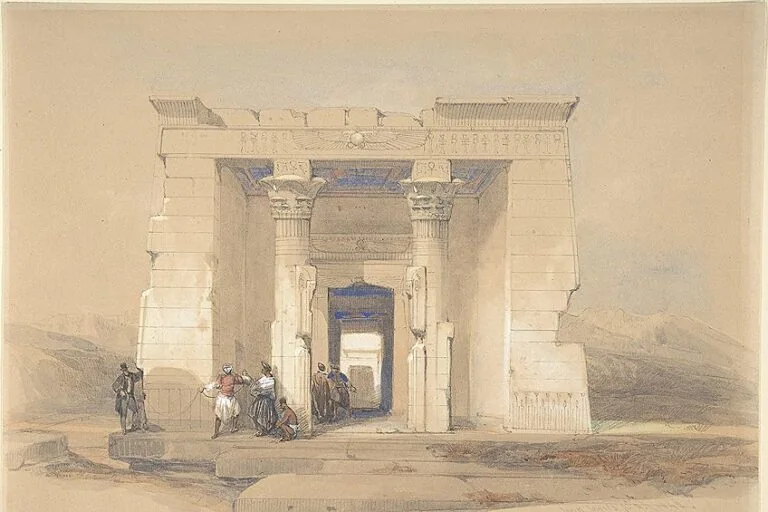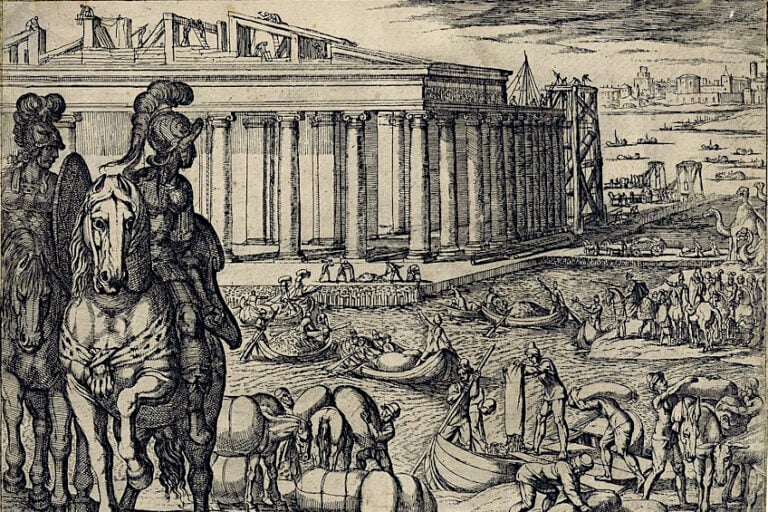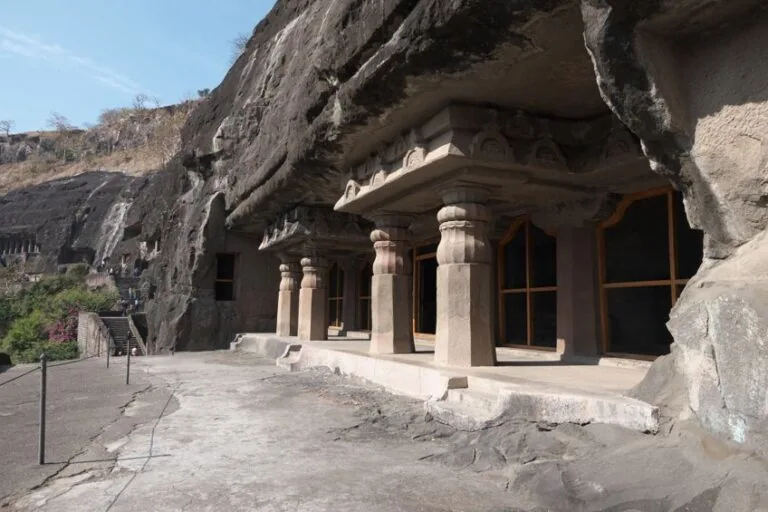Grand Master Palace Rhodes – The History of the Castle of Rhodes
Around the world, there are many castles and palaces that have a rich history of royal occupation, battles won and lost, and even tragedies that took place inside their walls. As a result, they have become historical landmarks that attract tourists, historians, and researchers from around the world. While some palaces like Buckingham palace are well-known to the general public, there are some lesser-known ones that have just as much historical value and offer even more riveting historical tales. One of these is the Grand Master Palace Rhodes. Let’s have a look at what the Grand Master Palace Rhodes is, where it is located, why it is historically significant, and what eventually happened to it.
What Is the Grand Master Palace Rhodes?
The castle of Rhodes (as you might have guessed) is a castle located in South-eastern Greece. The castle was constructed in the 7th century and is believed to have been constructed on the exact spot where a temple devoted to the ancient Greek sun God Helios once stood.
It was initially constructed as a stronghold of the Byzantine empire, but this all changed when a group known as the Knights Hospitaller took over.
The Knights of Hospitaller were officially known as the Knights of the Hospital of Saint John of Jerusalem, and are noted to have occupied various Greek territories throughout the region. The knight’s headquarters, as their full name suggests, was located in Jerusalem, and their mission was to spread outward and provide care to those who needed it in the name of the Catholic church.
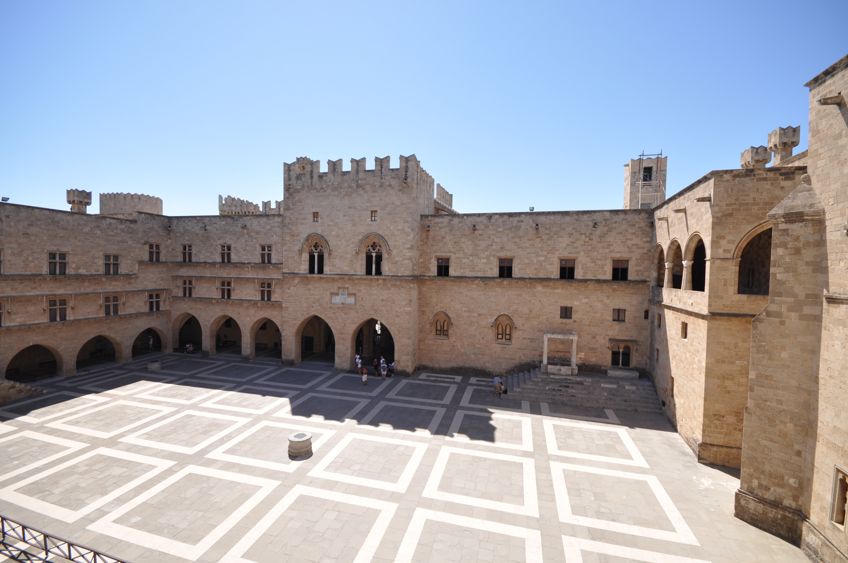 The Palace of the Grand Master of the Knights of Rhodes (1309-1522); Jorge Láscar from Australia, CC BY 2.0, via Wikimedia Commons
The Palace of the Grand Master of the Knights of Rhodes (1309-1522); Jorge Láscar from Australia, CC BY 2.0, via Wikimedia Commons
Once they took over the palace, they essentially turned it into an administrative headquarters where they could organize logistically, rest, and of course, provide care to those who needed their help. The castle would be modified to suit their needs in the year 1309 and become the official residence of their leader, the Grand Master of the Knights of Hospitaller (Grand Master M. de Villeneure).
In many ways, the palace was the ideal structure for the knights as it was equipped with roughly four kilometers of wall and stood in a relatively defensible position compared to any other options in their immediate area. This being said, the palace’s defenses as well as the fortitude of these charitable knights would be put to the test during the Arab-Persian attacks. The knights and their fortress seemed to hold out though, even weathering the Ottoman occupation of the region in 1522, and a number of earthquakes that took place on the island throughout their stay there.
As you can imagine then, the Knights Hospitaller and the Palace Rhodes become synonymous with one another, eventually leading to the knights being known as the knights of Rhodes.
The Fall of the Grand Master Palace Rhodes
As we mentioned previously there were loads of attacks on the palace throughout its life. This makes sense considering that castles and palaces are designed as defensible positions capable of sheltering their occupants from sieges and raids. However, what most people fail to realize is that most of these structures are designed to withstand an exterior assault, not an internal one. What are we foreshadowing exactly?
Well, even though the castle was virtually impenetrable from the outside via conventional means, an explosion of a gunpowder factory located nearby destroyed the majority of the castle, taking some of the towns it is situated in along with it.
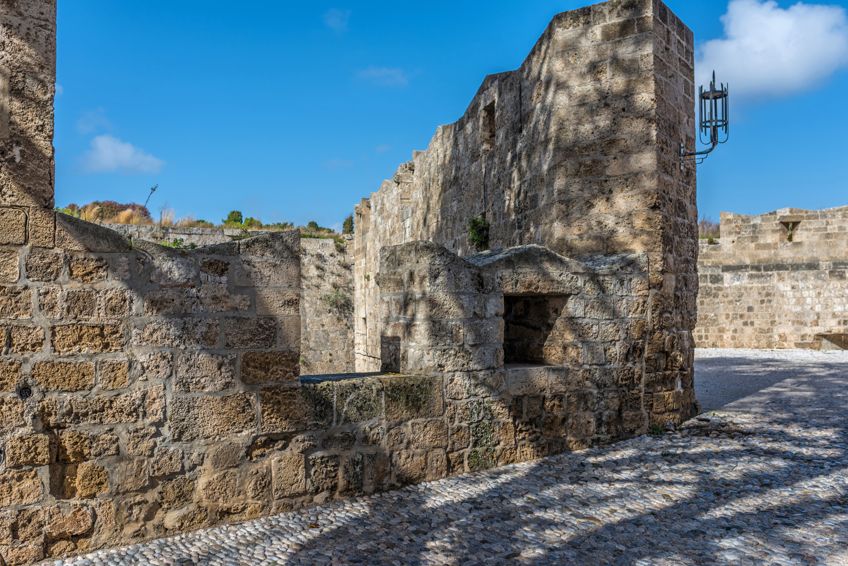 The Palace of the Grand Master of the Knights of Rhodes (1309-1522); Bengt Nyman from Vaxholm, Sweden, CC BY 2.0, via Wikimedia Commons
The Palace of the Grand Master of the Knights of Rhodes (1309-1522); Bengt Nyman from Vaxholm, Sweden, CC BY 2.0, via Wikimedia Commons
The total death toll following the incident is estimated to have been around 900 people. This incident would leave much of the palace in ruin for the foreseeable future, and its ruins are a reminder of the 900 people who died as a result of the unfortunate incident. However, the palace would even eventually be rebuilt and find new occupants as time went on, even becoming home to a few notable historical figures throughout the years.
The Reconstruction of Grand Master Palace Rhodes
Just before the beginning of the second world war, the palace was commissioned to be reconstructed while Greece was under the rule of Italy. The goal was for the palace to be a holiday home for Italian royalty at the time, including the now notorious Benito Mussolini. However, rather than doing a historically accurate restoration, they sought to incorporate modern Italian accents into the remaining parts of the palace. This resulted in some interior sections of the palace having a somewhat amalgamated look to it, while the exterior was restored in the original architectural style.
However, as time went on additions were made to the palace’s exterior, one of the most notable being the coat of and other plaques that can be found throughout the structure.
The overall architecture of the building still reflects the gothic style that was envisioned for it at the time of its construction, as can be seen by the strong vertical lines and the rigid triangular points on its rooftops. Although many other facets of the palace were renovated and replaced, the overall design is still largely rectangular, including a massive courtyard surrounded by various galleries. We mentioned previously that if you ever find yourself visiting, you should check out the impressive mosaics on its interior. These are part of the flooring, and originate from a period known as the Hellenistic, and were bought by the Italians during their occupation and integrated into the newly restored palace.
Where Is the Grand Master Palace Rhodes Located?
The castle of Rhodes (known as the Grand Master Palace of Rhodes) is located on the island of Rhodes in Greece. The Castle is considered by many to be one of the best examples of Gothic architecture in the region and has been studied by many parties due to its history, and the fact that many cultures and peoples have interacted with it over the years.
The palace is located near a number of historical landmarks, and as a result, has become one of the go-to tourist destinations in Greece for lovers of ancient history and those who simply wish to immerse themselves in the culture of the region. Should you choose to visit, there are several locations such as St. Anthony Gate, D’ Amboise Gate, the Street of the Knights of Rhodes, and the archaeological museum of Rhodes that can be visited as well.
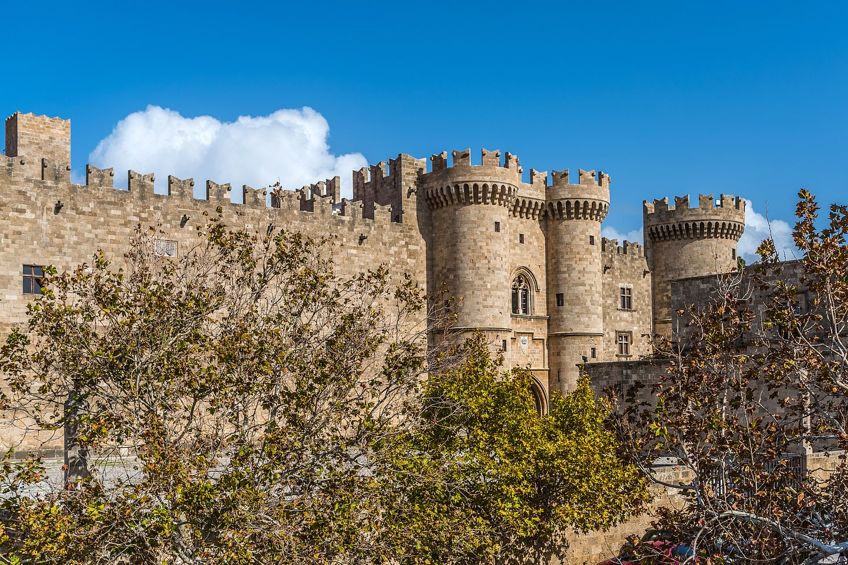 The Palace of the Grand Master of the Knights of Rhodes (1309-1522); Bengt Nyman from Vaxholm, Sweden, CC BY 2.0, via Wikimedia Commons
The Palace of the Grand Master of the Knights of Rhodes (1309-1522); Bengt Nyman from Vaxholm, Sweden, CC BY 2.0, via Wikimedia Commons
The palace of the Grand Master Rhodes is often mentioned in the same breath as the Temple of Aphrodite as they aren’t too far from one another, and if you find yourself on a daytime tourism expedition, they’re both definitely worth checking out. If you are giving the palace of the Grand Master Rhodes a look, we recommend checking out the legendary mosaics! As you can probably imagine, since there are no royal rulers in Greece any longer (or knights for that matter) the people of Greece were forced to come up with a new purpose for the palace.
It only made sense then to turn the palace into a museum and historical monument to educate the masses about the history of the museum, and display its impressive architectural work.
As a matter of fact, the architecture and history behind the palace were so impressive that the palace and the city have both been declared UNESCO world heritage sites, and they get to enjoy all the privileges and prestige associated with the title. The palace and the rest of the historical sites can easily be accessed from virtually any point in the town, making it one of the most visited historical sites in the world.
Now that you know what the Palace of the Grand Master Rhodes is, where it can be found, a little bit about its history, and some of the other ancient sites around it, it’s time for you to get out there and put your newfound knowledge to the test! Greece has a number of wonderful historical locations to have a look at, so be sure to check them out should the opportunity present itself.
Frequently Asked Questions
Were the Knights Templar in Rhodes?
In a sense, yes, they were. The Knights Templar were a military unit associated with the church of Jerusalem. However, the detachment of the order who made their home in Rhodes were the Knights of Hospitaller, whose primary focus was to provide aid and care for those who needed it.
Where Is the Island of Rhodes Located?
The Island of Rhodes is located in southeastern Greece. The island is known as Greek Ródos and is home to several historical sites including, but not limited to, the temple of Aphrodite and the palace of the Grand Master Rhodes.
What Is Rhodes Old Town Like?
The town, like many scenic coastal locations, is somewhat of a tourist location. The architecture is predominantly Byzantine gothic in appearance, and there are lots of historical locations, buildings, and sites to see. There are many cafes and restaurants to enjoy too!

I am deeply passionate about history and am constantly fascinated by the rich and complex stories of the past. As the editor-in-chief of learning-history.com, I have the opportunity to share this passion with a wide audience through the creation and distribution of engaging and informative content about historical events, persons, and cultures. Whether it’s through writing articles and blog posts or creating videos or podcasts, I strive to bring the past to life in a way that is both accurate and enjoyable. My expertise in history, combined with my strong writing and communication skills, allows me to effectively communicate complex historical concepts and make them accessible and interesting to a wide range of readers. I am truly grateful for the opportunity to share my love of history with others through my work on learning-history.com.

